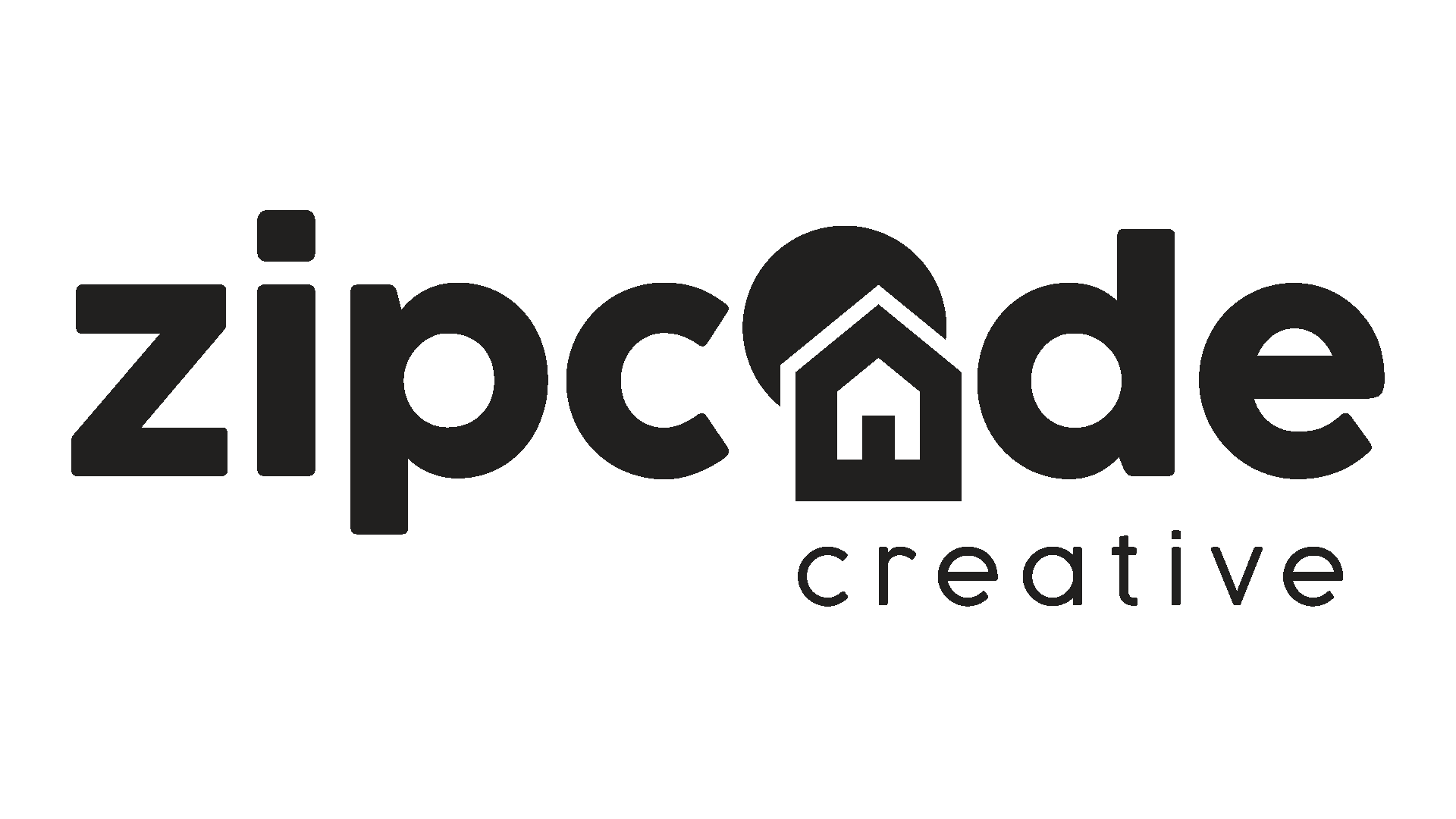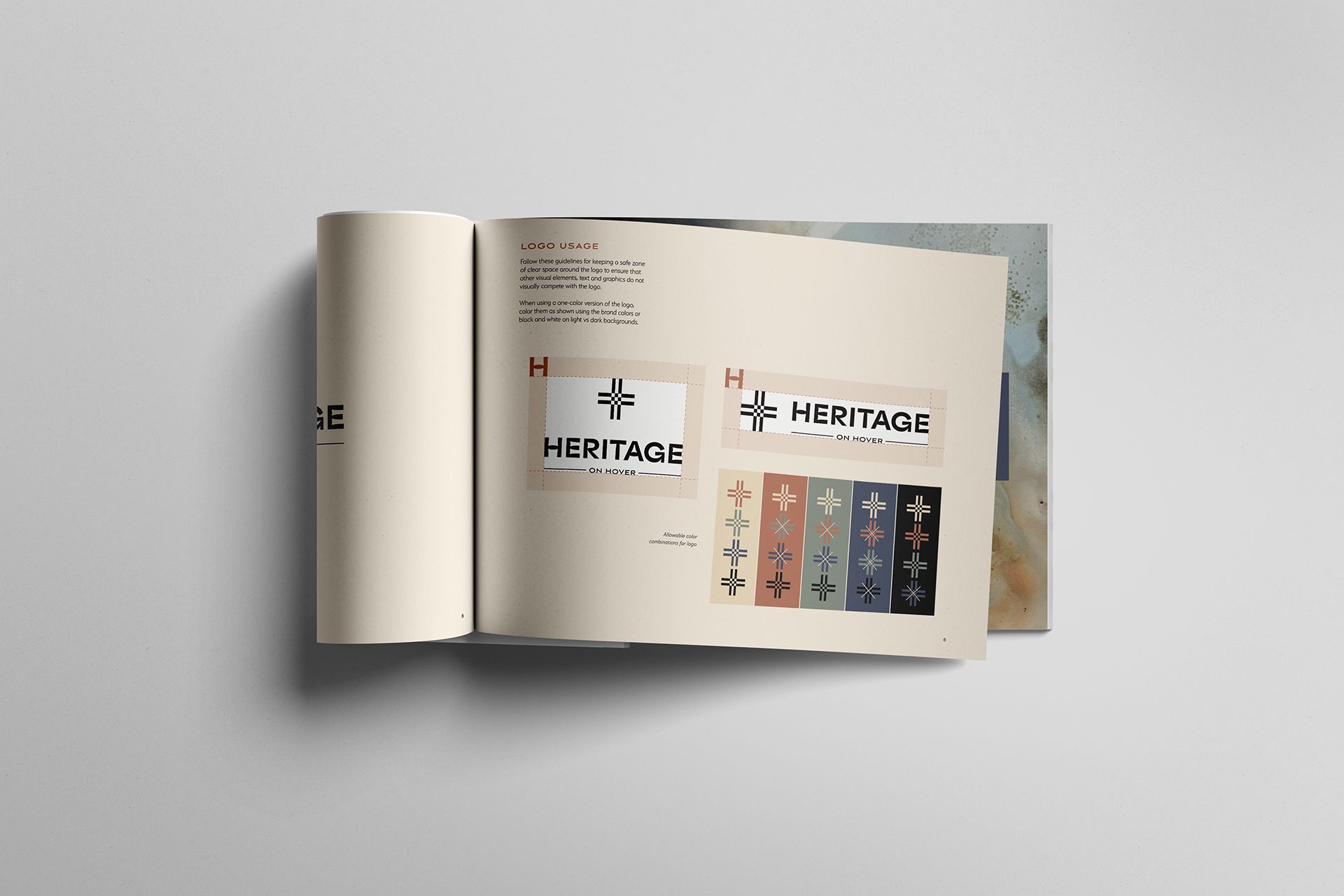
How Strategic Branding Research Transforms Multifamily Communities: The Heritage on Hover Case Study
Stacey Feeney
When Thompson Thrift approached our team for their newest 324-unit development in Boulder/Longmont, Colorado, they already had a name—Heritage on Hover. But they needed something much more valuable: a strategic brand identity that would help them capture market share in one of Colorado’s most competitive rental markets.
The challenge? Boulder has the highest cost of living in Colorado, with fierce competition from established communities. The opportunity? Our comprehensive branding research revealed a gap that Heritage on Hover could fill.
Here’s how strategic multifamily branding research transformed this ground-up development into a market leader.
The Power of Strategic Research in Multifamily Branding
Properties with strong brand identities can see up to 23% higher rental income and 20% faster lease-up rates, but achieving these results requires more than creative design—it demands strategic research.
Most multifamily properties skip the research phase to save money, but this approach often backfires. Effective research must be thorough in order to achieve statistical significance, meaning it will often include surveys and focus groups conducted through professional market research firms.
At Zipcode Creative, we’ve learned that the most successful apartment community brands start with understanding three critical elements:
- Target demographics and psychographics
- Competitive landscape and positioning gaps
- Location-specific opportunities and constraints
For Heritage on Hover, this research became the foundation for everything that followed.
Understanding Your Market: The Heritage on Hover Opportunity
Boulder’s rental market presents unique challenges. The area attracts a sophisticated mix of professionals who value both outdoor adventure and intellectual pursuits. These aren’t typical apartment hunters—they’re discerning residents making lifestyle choices.
Through our initial client discovery process, we identified Heritage on Hover’s target market: Millennials and Gen X professionals (25-59) earning $50-150k annually. But demographics alone don’t create compelling brands. We needed to dig deeper.
Our psychographic research revealed these target residents valued:
- Work-life balance with access to outdoor recreation
- Authentic character over flashy amenities
- Environmental consciousness and sustainability
- Modern luxury that doesn’t feel pretentious
This insight became crucial when we analyzed the competition.

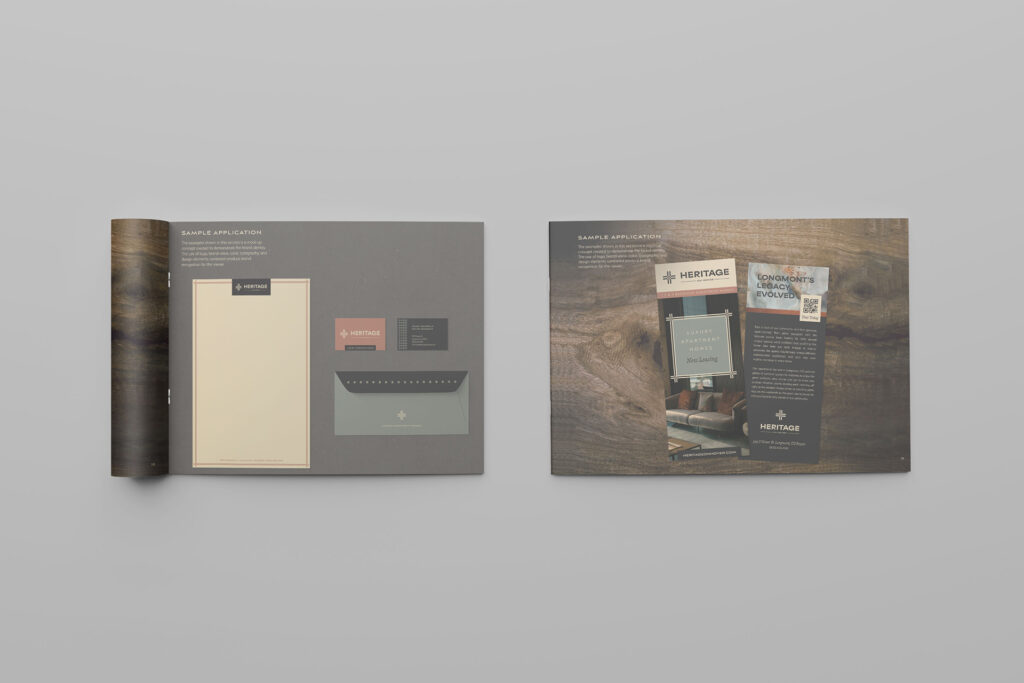
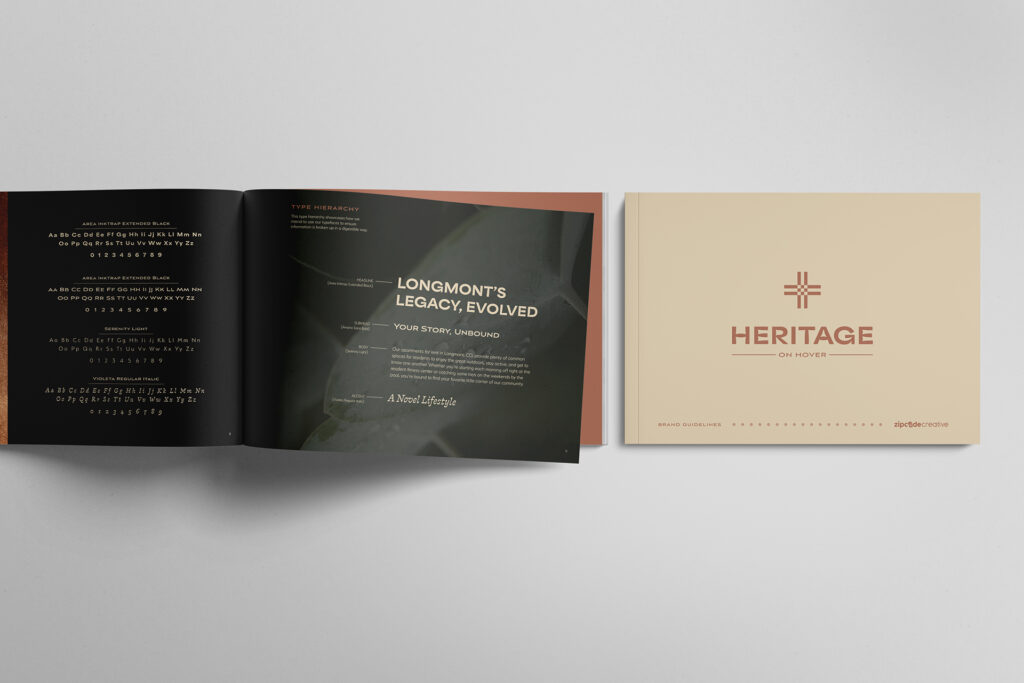
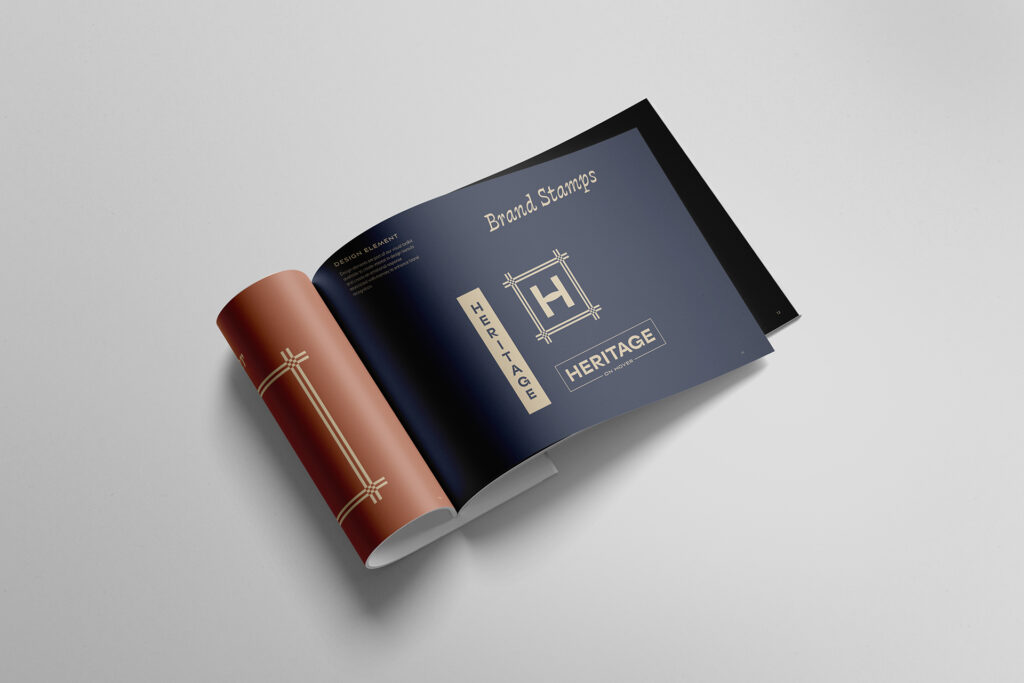
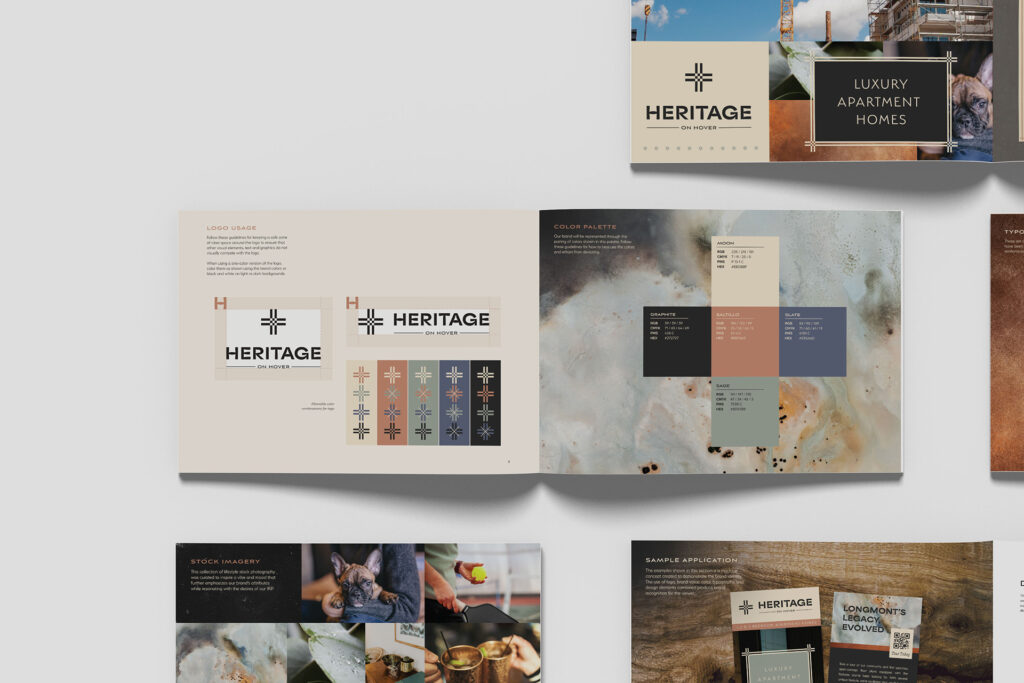
Deep-Dive Research Phase: Demographics, Psychographics, and Competition
The most revealing part of our research was the competitive assessment. We analyzed established communities like Notch66 and Clovis Point, examining their brand positioning, amenities, and marketing approaches.
The findings were eye-opening:
Competitor Gap Analysis:
- Most competitors focused heavily on tech amenities and modern conveniences
- Brand messaging emphasized generic “luxury living” without authentic character
- Marketing materials lacked connection to Colorado’s authentic heritage
- Limited emphasis on outdoor lifestyle integration
This competitive analysis revealed a significant opportunity: Heritage on Hover could own the “authentic Colorado character” positioning while still delivering modern luxury.
Our research also examined location advantages. Longmont’s proximity to Boulder offered the perfect balance—access to outdoor recreation and the intellectual energy of Boulder, but with more authentic, small-town charm.
Strategic Brand Direction: From Research to Creative Concepts
Armed with research insights, we developed our creative direction in partnership with Studio M’s interior design vision. Their “elevated lodge” concept provided the perfect framework for our brand identity.
The celebrity persona exercise from our brand questionnaire revealed telling insights:
- Celebrity Choice: Tom Cruise (confident, adventurous, premium without pretension)
- Vehicle: 2024 Jeep Grand Wagoneer with leather and wood interiors
- Clothing: Kuhl outdoor-focused, high-quality apparel
- Drink: Moscow mule, espresso martini, hot chocolate
- Activity: Skiing and snowboarding
These choices weren’t random—they painted a clear picture of the brand personality our target residents would find appealing.
Three Distinct Brand Concepts: Finding the Perfect Fit
Based on our research, we developed three strategic brand directions:
Concept 1: Indie Adventure This concept targeted the curious, adventure-driven personality traits from our research. Classic lodge elements combined with Nordic star motifs honored Colorado heritage while appealing to the sophisticated, intellectual demographic through vintage book aesthetics.
Concept 2: Luxury Lodge
This direction embodied the Tom Cruise-type confidence identified in our brand questionnaire. The masculine yet sophisticated color palette drew from the Jeep Wagoneer and Kuhl clothing references. The intersecting “H” monogram honored local heritage while projecting premium appeal.
Concept 3: Modern Adventure This bold concept captured the “seize the day” mentality associated with skiing and snowboarding lifestyle. The aesthetic appealed to younger professionals while maintaining sophistication through geometric patterns that would scale effectively across marketing materials.
Each concept directly addressed insights from our research, but one emerged as the clear winner.
Results That Matter: Why Concept 2 Won
Concept 2: Luxury Lodge became the strategic choice for several research-driven reasons:
Alignment with Target Psychographics: The concept perfectly matched the “premium but not pretentious” personality our research identified as most appealing to the target demographic.
Competitive Differentiation: While competitors focused on tech amenities, Luxury Lodge emphasized authentic Colorado character—exactly what our competitive analysis showed was missing in the market.
Interior Design Harmony: The brand worked seamlessly with Studio M’s materials palette. The logo’s intersecting lines echoed geometric ceiling designs and fluted wood patterns throughout the community.
Market Positioning: The concept positioned Heritage on Hover for upper suburban diverse families and young professionals who wanted quality and sophistication—our primary research targets.
The Bottom Line: Research-Driven Branding Benefits
The strategic branding we created for Heritage on Hover delivered measurable advantages:
Timeless Appeal: The aesthetic transcends trend cycles, protecting the brand investment long-term.
Marketing Flexibility: The logo, colors, patterns and textures work effectively across all marketing materials, from brochures to social media.
Competitive Advantage: The branding successfully differentiates Heritage on Hover in Boulder’s hyper-competitive market.
Authentic Positioning: Rather than generic Colorado clichés, the brand captures authentic character without relying on obvious mountain imagery.
Most importantly, the final brand successfully positions Heritage on Hover as the premium choice for residents seeking modern luxury with authentic Colorado character—precisely what our research revealed the market was missing.
Key Takeaways for Your Multifamily Branding Strategy
The Heritage on Hover case study demonstrates why strategic branding research is essential for multifamily success:
- Invest in comprehensive research before creative development begins
- Analyze competitor positioning to identify market gaps
- Understand both demographics and psychographics of your target residents
- Align brand identity with interior design for cohesive storytelling
- Test concepts against research insights rather than personal preferences
Want to see how other properties have benefited from strategic branding research? Check out our Velara community naming case study
Ready to transform your multifamily community with strategic branding research? Our team specializes in comprehensive brand development that drives real results. Schedule a consultation today to discover how research-driven branding can give your property the competitive advantage it needs.
